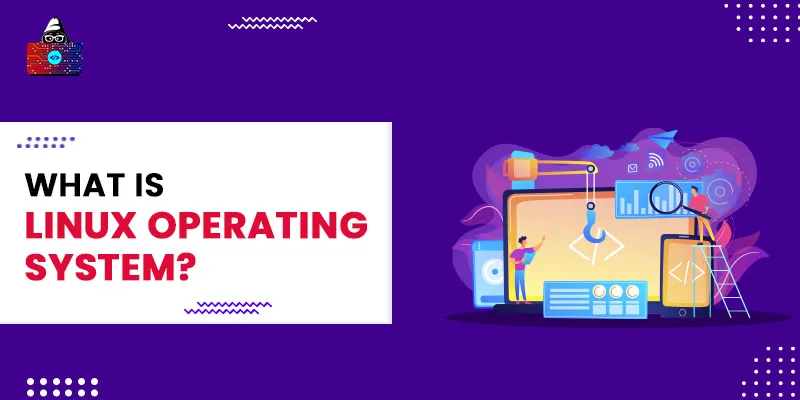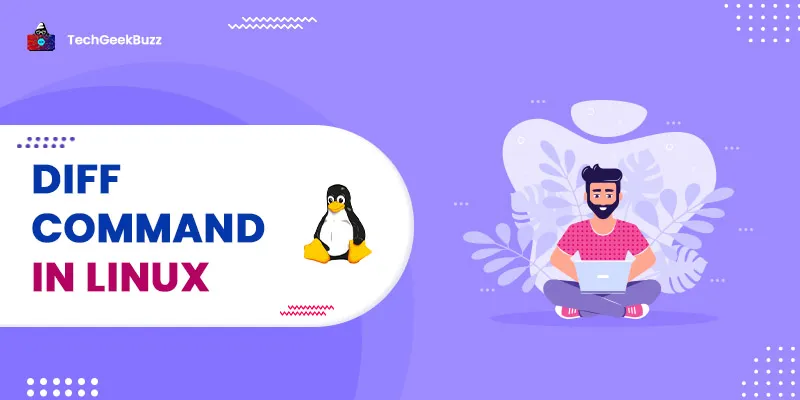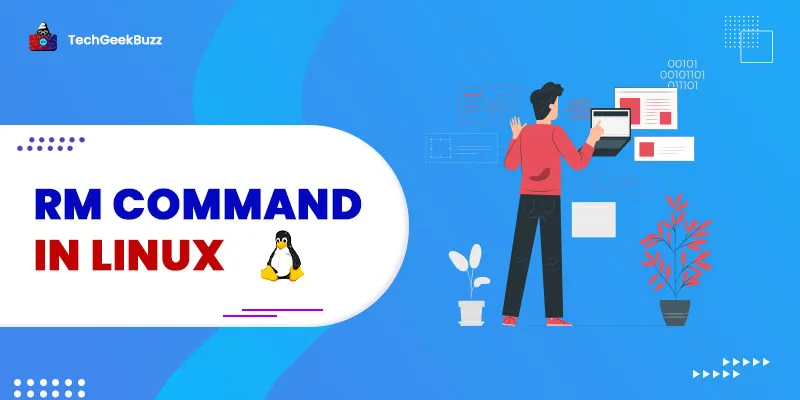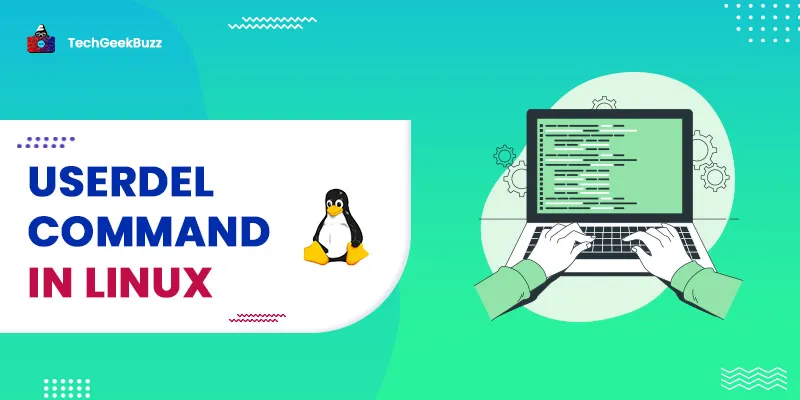Linux is one of the most powerful kernels available for users. It may be used for a variety of tasks, such as hosting, development, and office purposes. In this article, we will go through the Linux kernel introduction, its distributions, and features and make you realize the power of Linux. Let's get started.
History of Linux
Linus Torvalds started working on Linux in 1991 as a pet project at the University of Helsinki, with the goal of providing a free and open-source alternative to the academic MINIX operating system (developed by Andrew Tanenbaum), as MINIX required an educational license for use. The name "Linux" is derived from Linus and MINIX.
What is Command Line Interface?
A command-line interface (CLI) is software (or a portion of a program ) that constantly runs on a computer, takes user input entered into the keyboard, processes it, and optionally displays a result. A Linux shell is an example of a command-line interface. It receives character data from a terminal device and requests that the instruction is processed by the Kernel.
What is Unix?
UNIX refers to a family of multiuser and multitasking operating systems whose development started in the early 1970s. Operating systems and kernels like Mac and Linux are based on UNIX operating system.
What is Kernel?
A "kernel" is the "core" or fundamental portion of something that supports everything else. When discussing an operating system, such as Linux, the software is the actual operating system - the component that takes care of executing applications, managing access to resources, timing events, and performing everything else that the operating system does as part of its work.
In the case of Linux, the kernel is in charge of keeping track of the different pieces of software that are executing, as well as keeping track of what memory is available and giving over portions of free memory to programs as they want it. The kernel handles all hardware devices and mediates interactions between hardware devices and running applications. The kernel can examine raw data on a disc to determine how it is organized as files and then offer those files and drives as locations where applications may read and write data.
Moreover, the kernel manages data flow via networks and between applications, maintaining connections and sending data where it should go. All the scheduling algorithms, including short-term, long-term, and medium-term schedulers, are written inside the kernel that ensures proper processing of each task.
What is Linux?
Linux is the operating system kernel upon which people construct various operating systems. Many operating systems are based on Linux because the Linux kernel is open-source, which means that anybody may use it, change it, and even sell derivative work. Even the Android operating system is based on the Linux kernel.
Linux-based operating systems, like Windows or MAC, may be used for virtually everything. Video editing, music listening, office work, printing, online surfing, and file sharing are some of the more typical basic activities that may be done. Many people say that Linux is an operating system. However, that is not completely true. Operating System is just a user interface. All the tasks and device interfaction part is done by the Kernel.
Parts of Linux OS
- Kernel - The kernel is the fundamental component of the operating system that is in charge of all management-related activities at the core level. Through the Application Programming Interface, each application requests that the kernel do a job. The kernel communicates with the hardware and completes the task.
- Bootloader - The program that handles your computer's boot process. For most users, this will just be a splash screen that appears and then disappears before booting into the operating system.
- The init system is a subsystem that bootstraps user space and is in charge of controlling daemons. Systemd is one of the most commonly used “init” systems, as well as one of the most contentious. Once the bootloader has given over control of the boot process to the init system, it is the init system's responsibility to handle the boot process.
- Daemons are background services (such as printing, sound, and scheduling) that start up during startup or after you connect to the desktop.
- The desktop environment is the component with which the users interact. There are several desktop environments to select from, including GNOME, Cinnamon, Mate, Pantheon, and more.
- Applications and processes: These are the jobs that the CPU does. It might be a basic browser or a background process that you are utilizing.
- Graphical Server - This is responsible for displaying graphics on your machine. A typical Linux system’s graphical server is “X-server” or simply “X”.
- A package management system that is responsible for the installation and management of packages in the machine.
Features of Linux
1. Multitasking
With multitasking, the CPU can handle many processes at once without going into idle mode. When an interrupt occurs, the OS simply switches between activities, which might involve updating graphics or sending new information to the GPU. Multitasking can remove a process in the middle, even if it isn't finished, and then reintroduce it to the CPU for processing. Short-term schedulers manage the removal and insertion of a process into the CPU.
2. Open Source
It is an open-source tool that anybody may use for free. A user can even obtain the source code and change it to suit their needs. Open source also aids in the speedier removal of bugs and gives everyone an equal opportunity to contribute to a project.
3. Multiple Desktop Environments
We have a wide variety of Desktop Environments available in Linux Operating Systems. These include Gnome, Mate, Cinnamon, KDE Plasma, etc.
4. Identity and User Management
Multiple users can work together on a single Operating System without interfering with others. They cannot read or write other users’ data without permission. This feature is very helpful for companies and organizations since multiple people may work on a single OS.
5. Namespaces
Namespaces isolate the hardware resources for a process by providing this process a separate room where it can access these resources without being interfered with by others. This is helpful in containerized projects.
Advantages of Linux
- Multiple users can work on the same machine without interference.
- Powerful command-line tools to do every task you need.
- Command Line Interface is helpful in virtual machines as you don’t need to send high graphics over the network, which enhances the working efficiency.
- Fully configurable and open source
- Regular updates
- Available in the form of many distributions
- Multitasking support for managing multiple processes simultaneously.
Disadvantages of Linux
- Not suitable for computer science novices as typical tasks are carried out on the command line.
- It is not installed by default in most machines.
- Not suitable for high graphics and AAA title games.
- Market share is relatively less than Windows.
What is Linux Distribution?
A Linux distribution (abbreviated distro) is a sort of operating system that includes a software collection based on the Linux kernel as well as, in many cases, a package management system. Linux users frequently acquire their operating system via downloading one of the Linux distributions, such as Ubuntu, CentOS, or Debian. The most frequently used Linux distributions include Ubuntu, CentOS, and Debian. Different distributions are used for different use cases.
For instance, Debian is suited for administrative tasks, and Ubuntu is suited for beginners. Distribution can also be derived from an already existing distribution. Just like Ubuntu is derived from the Debian distribution.
Conclusion
In this article, we saw the introduction, features, and various components of the Linux kernel. It is one of the most efficient kernels that are the core of popular Operating Systems like Ubuntu, CentOS, Android, etc. We also saw a few Linux distributions that are built over the Linux kernel and interact with the users.
People are also reading:





Leave a Comment on this Post